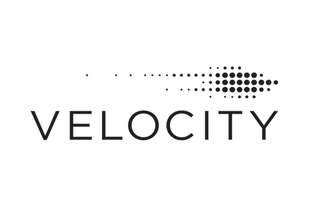We make dispensing systems for rapid prototyping printed electronics — from traditional circuit boards to the flexible, stretchable, conformable, and biocompatible electronics of tomorrow.
The future of electronics will be cost effective, lightweight, bendable, and integrated into structures. Our dispensing systems unlock these possibilities for a competitive advantage.
Additive technology offers materials freedom — for inks and substrates — creating new applications in wearable electronics, biomedical devices, printed sensors, and more.
Digital, additive prototyping is fast compared to alternative methods. Iterate designs without needing to invest or waiting for tooling, reducing costs and accelerating design outcomes.
No contract manufacturers, no minimum order quantity, lower cost of entry, easier to use machines, and design freedom. Additive prototyping solves problems you didn’t even know you had.
When you’re innovating in the field of flexible hybrid electronics, trying to figure out how to choose materials for your next project can feel a bit overwhelming. If you want to make informed decisions, you need to understand the factors that influence materials compatibility — ink composition, functional compatibility, curing method, and surface energy.




